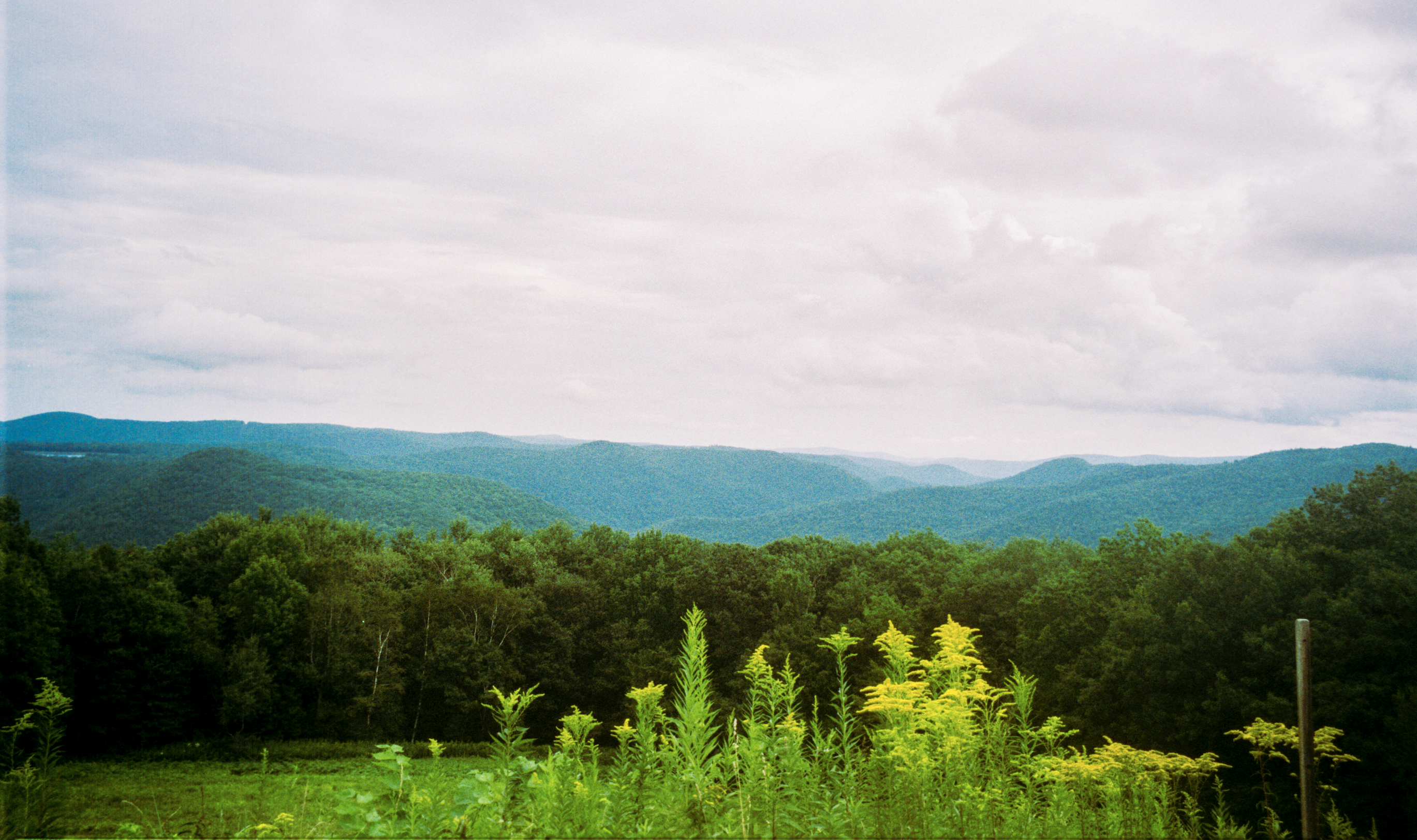Introduction
CONVERGING LIBERATIONS RESIDENCY (CLR) is an experimental residency project committed to the belief that artistic practice is key to imagining and practicing liberatory futures for Massachusetts-based artists of color. The residency's design was informed by community feedback, carried out by members of CreateWell's Co-Tending Designers, and hosted by the Studios at MASS MoCA. CLR was designed to provide resources, time, and space for community building, research, and artistic experimentation across disciplines. Alongside the stated goals, a liberatory imagination and its bodily architecture were summoned to the Berkshires region of Massachusetts.
The Converging Liberations Residency project started in the summer of the uprisings as we, stewards of CreateWell Fund, were reevaluating our collective relationships to space, place, and power. In developing CLR we sought to answer the question: how will we know liberation when it comes?
What will it look, feel, sound, or even taste like? How will we define it? We sought to make sense of our unique paradox: being both at the center of many global conversations and at its periphery. The urgency was clear. The vertigo of our contemporary condition (the impossibility and possibility that we felt in 2020, when the world was broken open) made our path forward even more apparent: to find, or return to, modes of collective care that adequately meet the needs of those most marginalized by both the art worlds and our wider communities.
The following document contemplates our work to realize the dream of a more liberatory residency program, arts economy, and, more broadly, for the region. In this reflection, we articulate the desires, impulses and urgencies which created its conditions, and the outcomes and opportunities such endeavors hold. This publication may perhaps be considered a roadmap, a bad archive, or a textual meditation towards the evolution of our contemporary arts structures.
 Berkshires Mountains, photographed by Mona Layne-Carter.
Berkshires Mountains, photographed by Mona Layne-Carter.